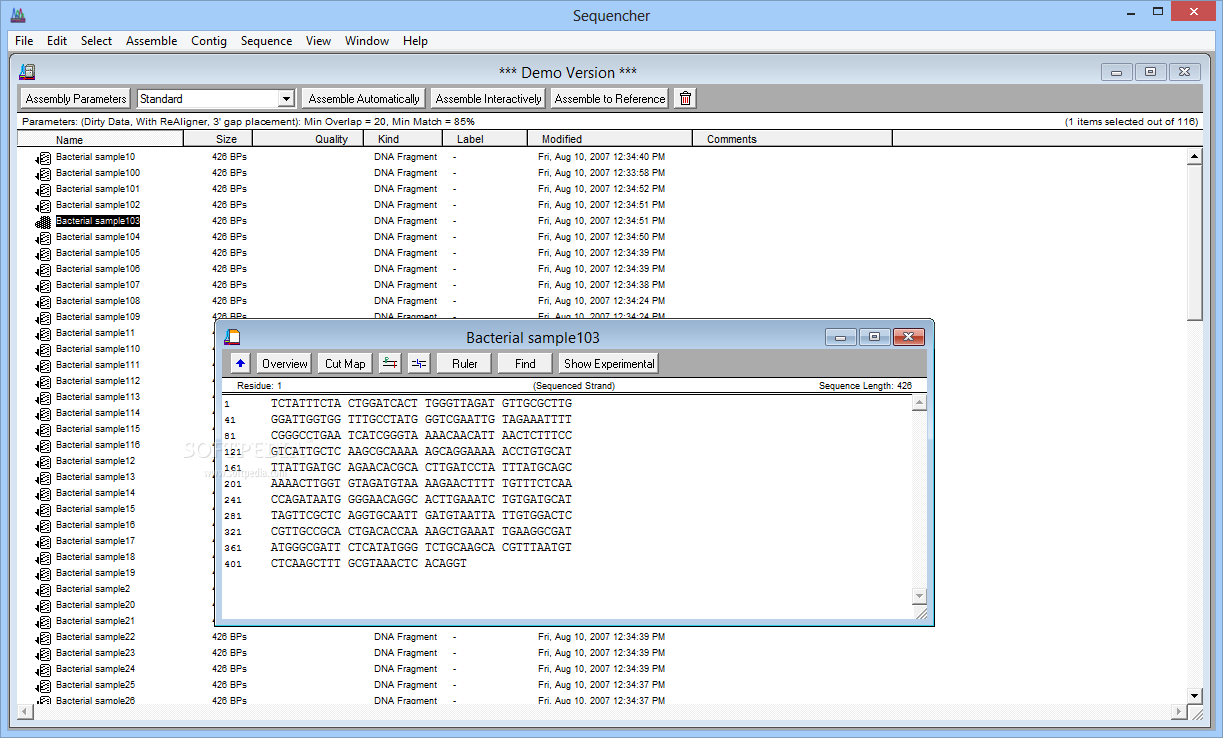

Alternatively, the CC domain can be joined or replaced with a Solanaceae domain or a BEAF and DREF (BED) DNA binding domain ( Collier and Moffett, 2009). One subgroup of these NBS-LRR proteins possesses a domain with significant homology to the Drosophila Toll and mammalian interleukin-1 receptor (TIR) region, whereas the other subgroup is defined by the presence of an aminoterminal region containing a coiled-coil (CC) motif ( Gowda et al., 2002). In dicots, NBS-LRR proteins are classified into two subgroups. Of the ≈40 R-genes known to confer resistance to bacteria, fungi, viruses, and nematode phytopathogens, 75% encode nucleotide binding site–leucine-rich repeat (NBS-LRR) proteins ( Radwan et al., 2008). Despite many inheritance studies on pathogen resistance in watermelon ( Wehner, 2008), little is known about the structural makeup and functional mechanisms of genes that confer resistance, and only a few genetic markers linked to resistance genes have been identified in watermelon ( Harris et al., 2009 Ling et al., 2009 Xu et al., 1999).ĭisease resistance genes (R-genes) have been cloned from several model plant species (reviewed in McHale et al., 2006). citroides, Citrullus colocynthis) into cultivated watermelon is needed.

To provide adequate levels of resistance to these diseases and other pests, introgression of resistance genes from semiexotic watermelon accessions (e.g., C. javanica) ( Thies and Levi, 2007), to arthropods including two-spotted spider-mite ( Tetranychus urticae) ( Lopez et al., 2005), and to sweetpotato whitefly ( Bemisia tabaci) ( Simmons and Levi, 2002). In addition, watermelon cultivars also are typically susceptible to root-knot nematodes ( Meloidogyne arenaria, M. niveum ( Zhou and Everts, 2004) and bacterial fruit blotch caused by Acidovorax avenae ssp. The most devastating fungal and bacterial diseases include fusarium wilt caused by the fungus Fusarium oxysporum f. The most destructive virus diseases in watermelon are caused by papaya ringspot virus, watermelon mosaic virus, and zucchini yellow mosaic virus ( Strange et al., 2002). Although this narrow genetic base provides for a consistent product, it leaves the crop vulnerable to existing and emerging plant pests and diseases (phytopathogens), including viruses, fungi, oomycetes, bacteria, and insects. watermelon cultivars ( Levi et al., 2001). These highly specific breeding efforts have resulted in 92% to 99% genetic similarity among U.S. watermelon cultivars have been bred for a fairly narrow set of horticultural traits suitable to the needs of growers, shippers, and consumers. Keywords: Citrullus lanatus TIR degenerate primers Cucurbitaceae STS These WRGA-STS markers may be useful in marker-assisted selection for the improvement for disease resistance in watermelon. In addition, these WRGA sequence-tagged sites (STS) were amplified from various genera of the Cucurbitaceae indicating that conservation of resistance gene analogs exists among cucurbits.

Linkage mapping placed the WRGA on linkage group XIII, an area on the watermelon map where resistance gene analogs cluster. Three of these WRGA as well as three disease-related watermelon expressed sequence tag homologs were placed on a test-cross map. Using cluster analysis, eight groups of WRGA were identified and further characterized as having homology to Drosophila Toll and mammalian interleukin-1 receptor (TIR) and non-TIR domains. After contig assembly, watermelon resistance gene analogs (WRGA) were identified and amino acid sequence alignment revealed that these groups contained motifs characteristic of NBS-LRR resistance genes. lanatus) disease resistance gene analogs were cloned from ‘Calhoun Gray’, PI 296341, and PI 595203 using degenerate primers to select for the nucleotide binding sites (NBS) from the NBS–leucine-rich repeat (LRR) resistance gene family. Sixty-six watermelon ( Citrullus lanatus var.


 0 kommentar(er)
0 kommentar(er)
